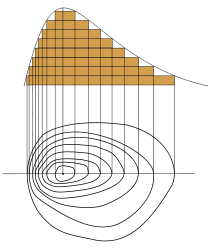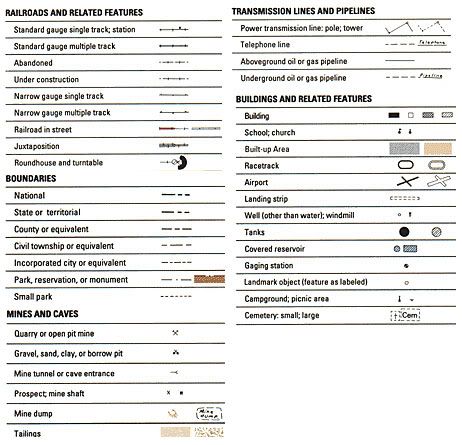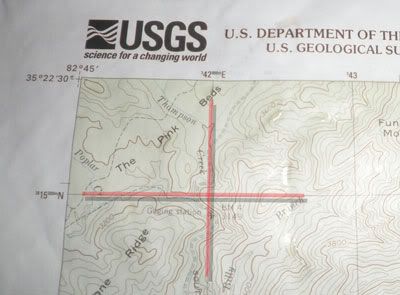A series of articles dedicated to the lost art of land navigation and map reading
Article 1
Introduction to maps
By H-Minus
We live in a fast food society.
I’ll bet you are wondering why I would start an article on maps and map reading with such a statement. The fact is, the term “fast food society” refers to the automated aspect of almost everything we do. This digital age we live in has made nearly everything instantly available. Smart phones bring the world to us. Email can send a message across the ocean in an instant. You no longer hear the voice of your significant other read from a map in the passenger seat of your car. It has been replaced by a pleasant British voice, or if you prefer American, saying, “in one half mile, turn left……. turn left.”
Don’t get me wrong, I love the fact that things are so much easier. When it comes to land navigation, I like having my GPS. I also like the idea that should my batteries go dead, I can find my way home without it.
I was taught land navigation back in 1983. I received the army version of land navigation training at Ft. Benning, Georgia. It was just enough to get me lost. I didn’t learn land navigation until I finished Jump School and was assigned to the 1st 505 Parachute Infantry regiment. Like other new troops, I was taken into the fold of the senior NCOs, all of whom were Vietnam veterans. They were some of the best teachers I have ever met. Don’t get me wrong, I can still get lost with the best of them, but I have a better chance than most of finding my way home.
Cartography, or mapmaking goes back thousands of years, some say as much as 8000 years ago. A map is simply a tool to help describe and navigate an area. It can be land, sea, air and even space. Let’s stick to land. There are several types of land maps in use today. We are going to focus on topographical maps and the tools used with these maps.
A topographical map is a two-dimensional representation of three-dimensional land surfaces. These maps use contour lines to show changes in elevation on a map. Contour lines have a numeric representation that refers to distance in elevation.
Most of the topographical maps in use today are prepared by the USGS. These maps show much more than contour lines. They contain symbols that represent buildings, airports, vegetation, cemeteries, campgrounds and much more. Different types of lines represent roads, rivers, and boundaries. In fact, there are so many symbols and lines, one can’t remember what they are without help. That is where the map legend comes in handy.
Some of the maps developed by the USGS have grid lines. Some have only grid “tic marks”. If your map has only tic marks, you can draw the lines in with a straight edge. Each of grid is marked with numbers going from left to right and up. These marks are used to determine locations on a map and convert the location to a series of numbers that represent a grid location. We will discuss how to use grids in another series.
Each topographical map will include a reference to three types of north. One is called “Grid North.” The second is called “True North” and the third is called “Magnetic North.”
Grid North – The direction of a grid line which is parallel to the central meridian on a map.
True North – The direction of a meridian of longitude that converges on the North Pole. This is just another way of saying that True North describes a direct line to the North Pole and the Earth’s spin axis.
Magnetic North – The direction indicated by a magnetic compass. This is the north that your compass will seek.
The Grid-Magnetic angle (or G-M angle) value is the difference between grid north and magnetic north. It is an arc, measured in degrees between the grid north and magnetic north lines. This value is measured in fractions of degrees, with mil equivalents shown to the nearest 10 mils. The G-M angle is important to land navigation because azimuths between map and ground should be adjusted to compensate for this difference. If not, you may be off by hundreds of meters before you get to where you are going. We will get more in depth on this on this in a future article.




